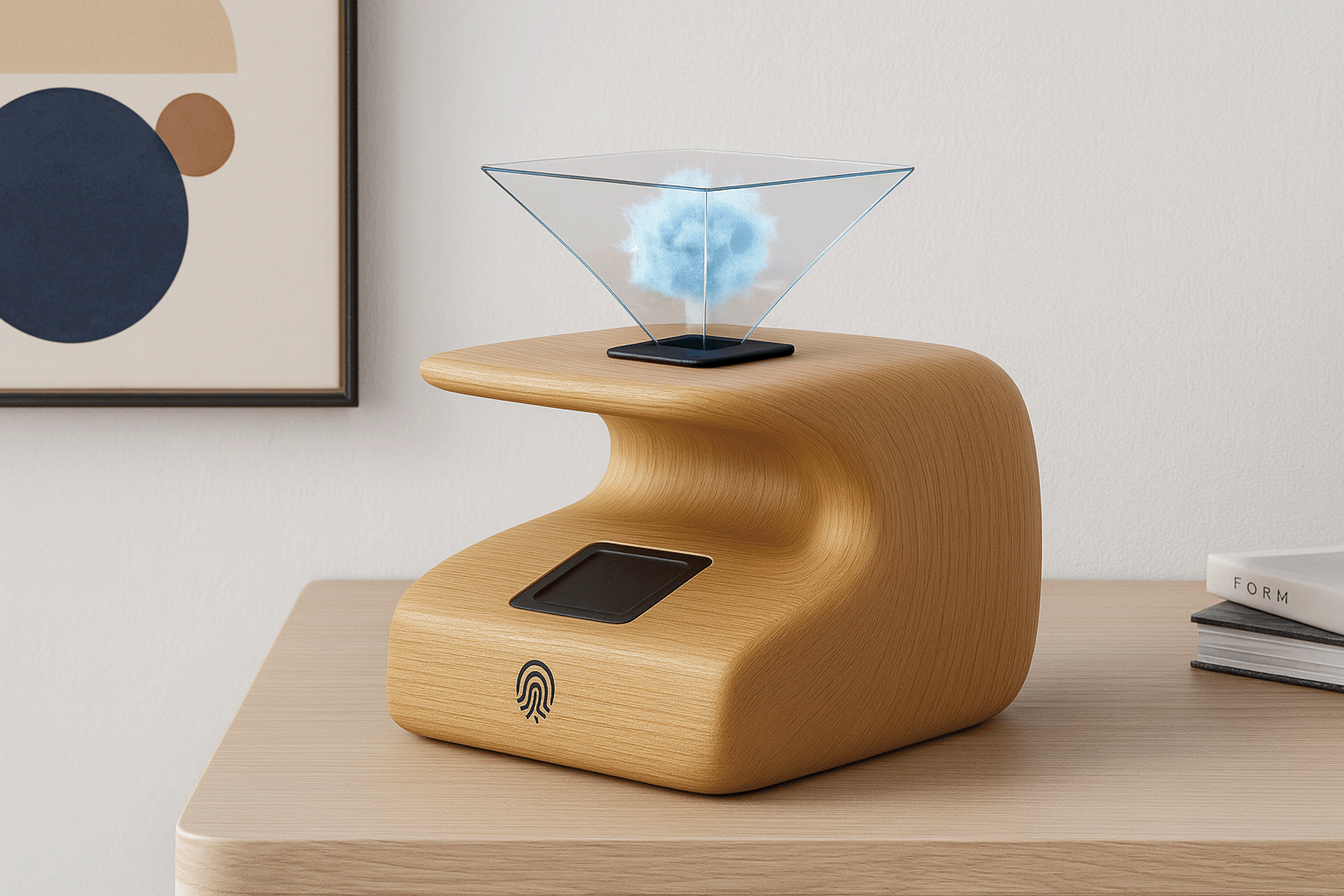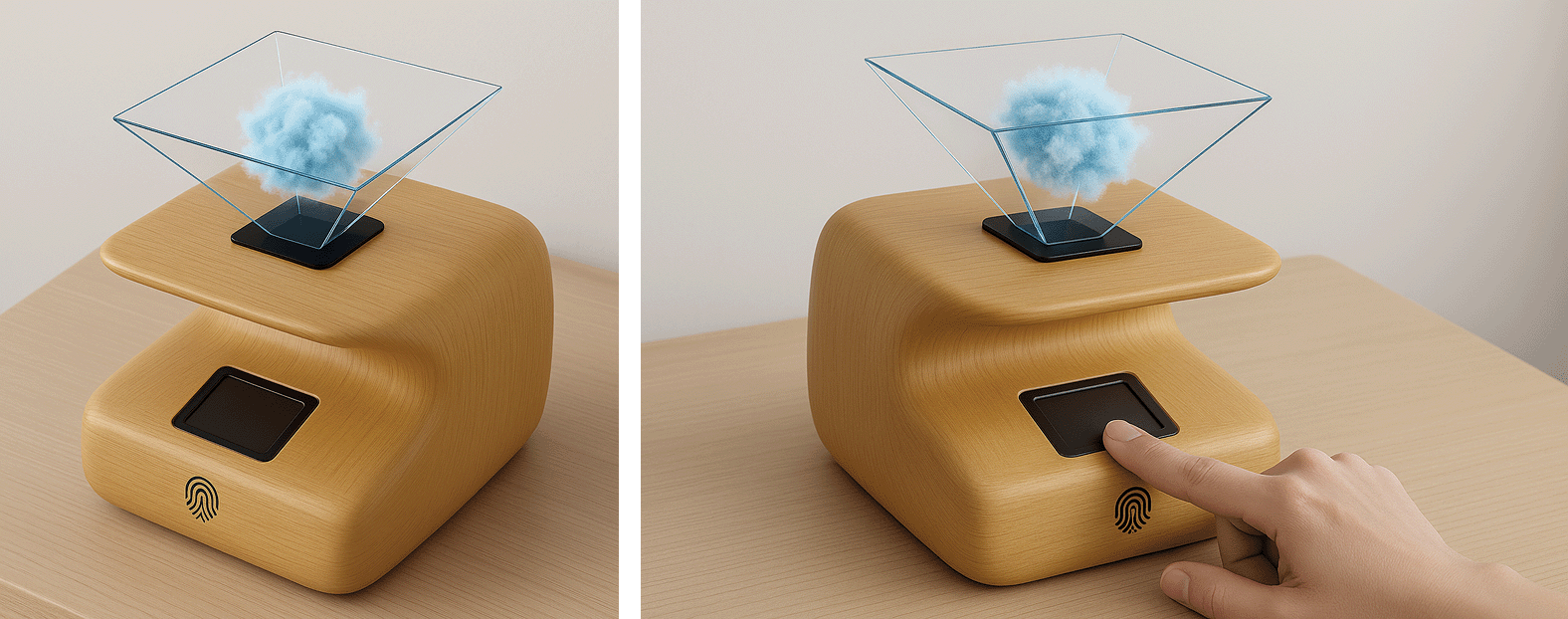Project Overview
| FEELIT - A Smart Box That Lets You Feel the Weather.
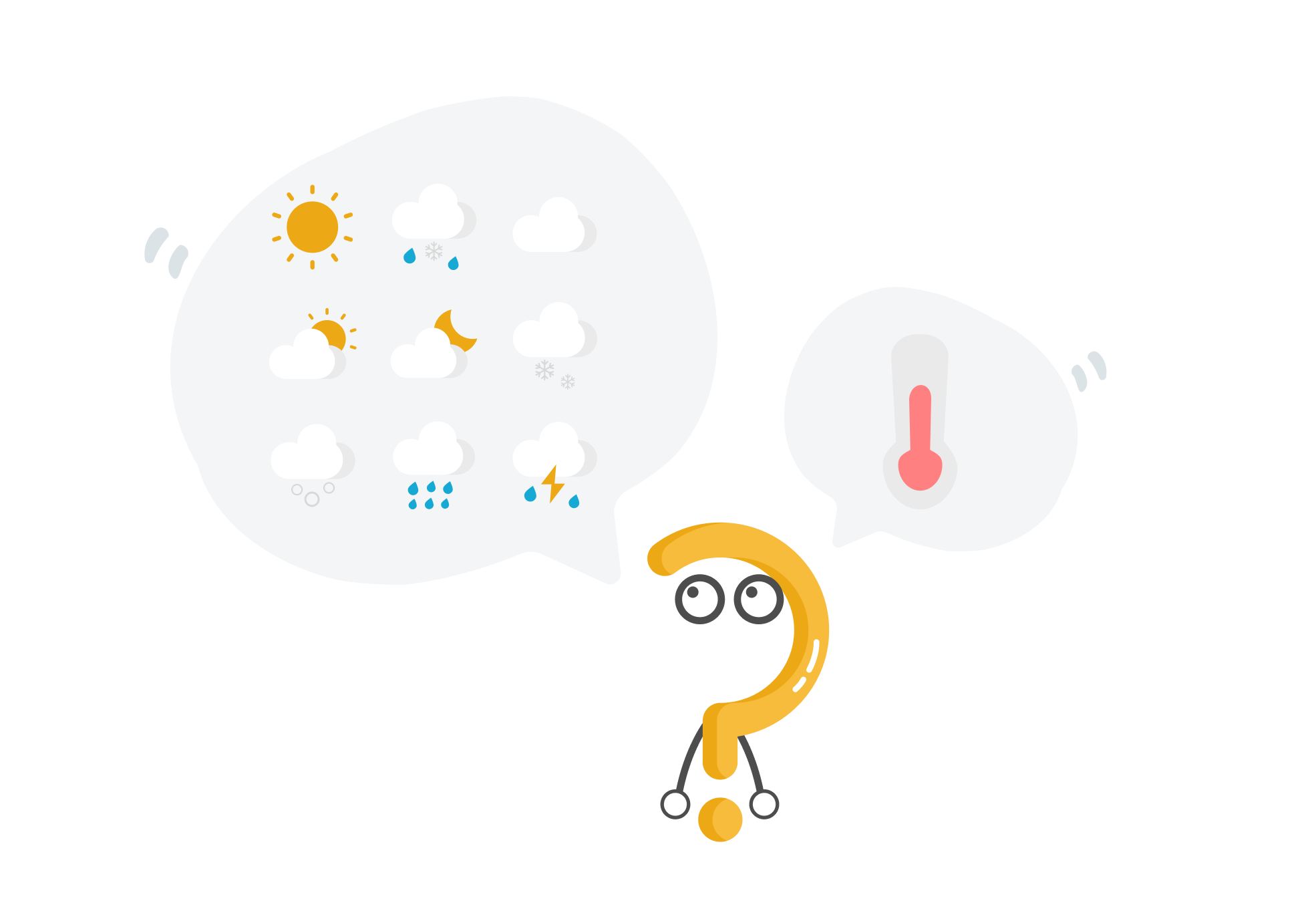
Have you ever realized it’s too cold only after leaving home? Or
felt frustrated about what to wear, even after checking the
weather forecast?
To address these everyday challenges, I created a smart home
product called Feelit—designed to help people
feel the outdoor conditions through
tangible temperature and
immersive weather visualization.
FEELIT consists of two main components: The upper part uses
holographic projection technology to visually display the
current weather. The lower part features an aluminum shim that
users can touch to physically sense the
outdoor temperature—offering a more intuitive experience
than simply reading numbers.
| Mockups
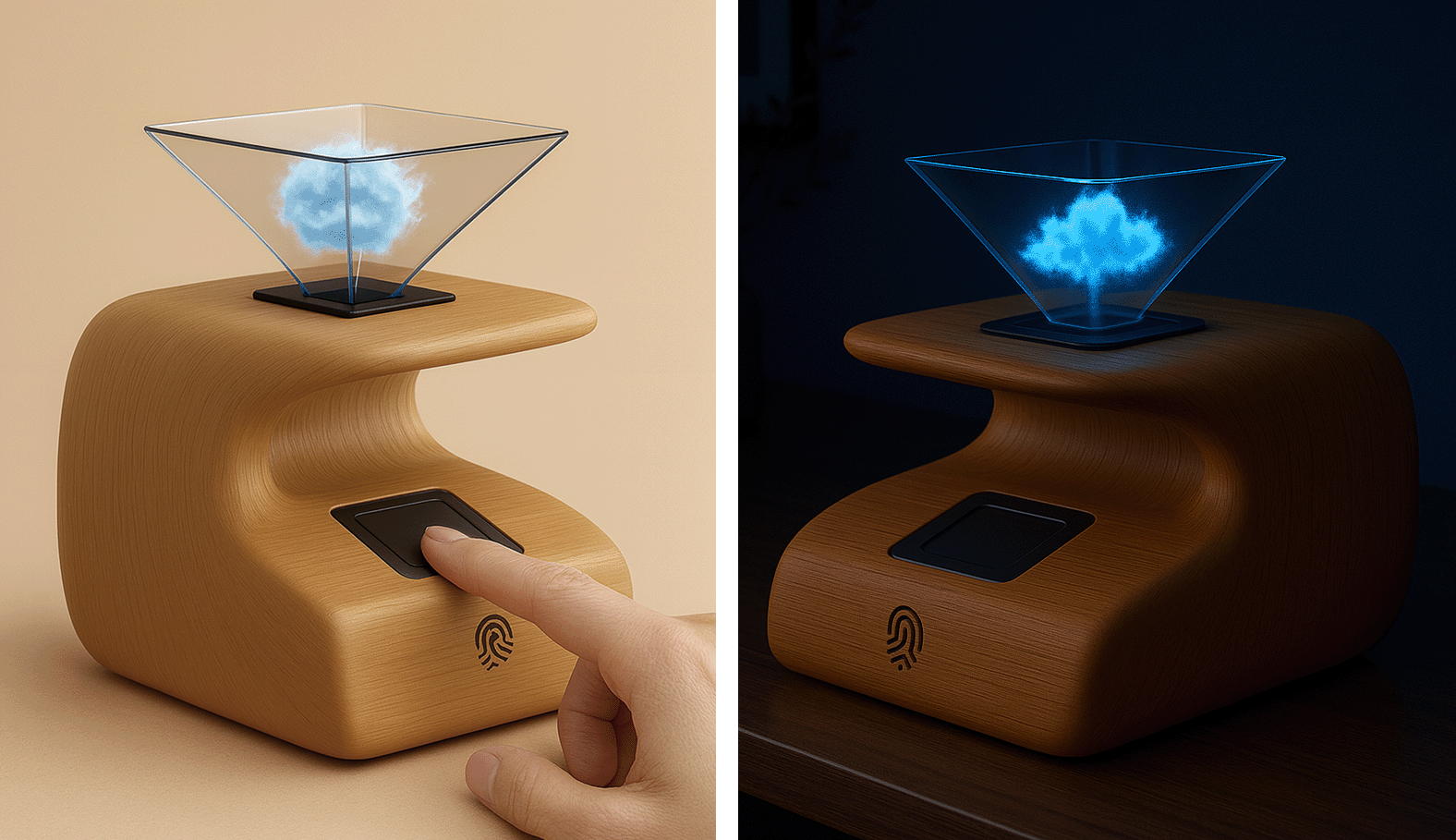
| Video Prototyping
Design Philosophy
The idea behind FeelIt was born from a desire to make technology feel more human. Most weather apps are transactional and cold—icons and numbers that we glance at briefly and forget. FEELIT slows you down. It’s about experiencing weather as sensation, not just information.
Design & Lo-fi Prototyping
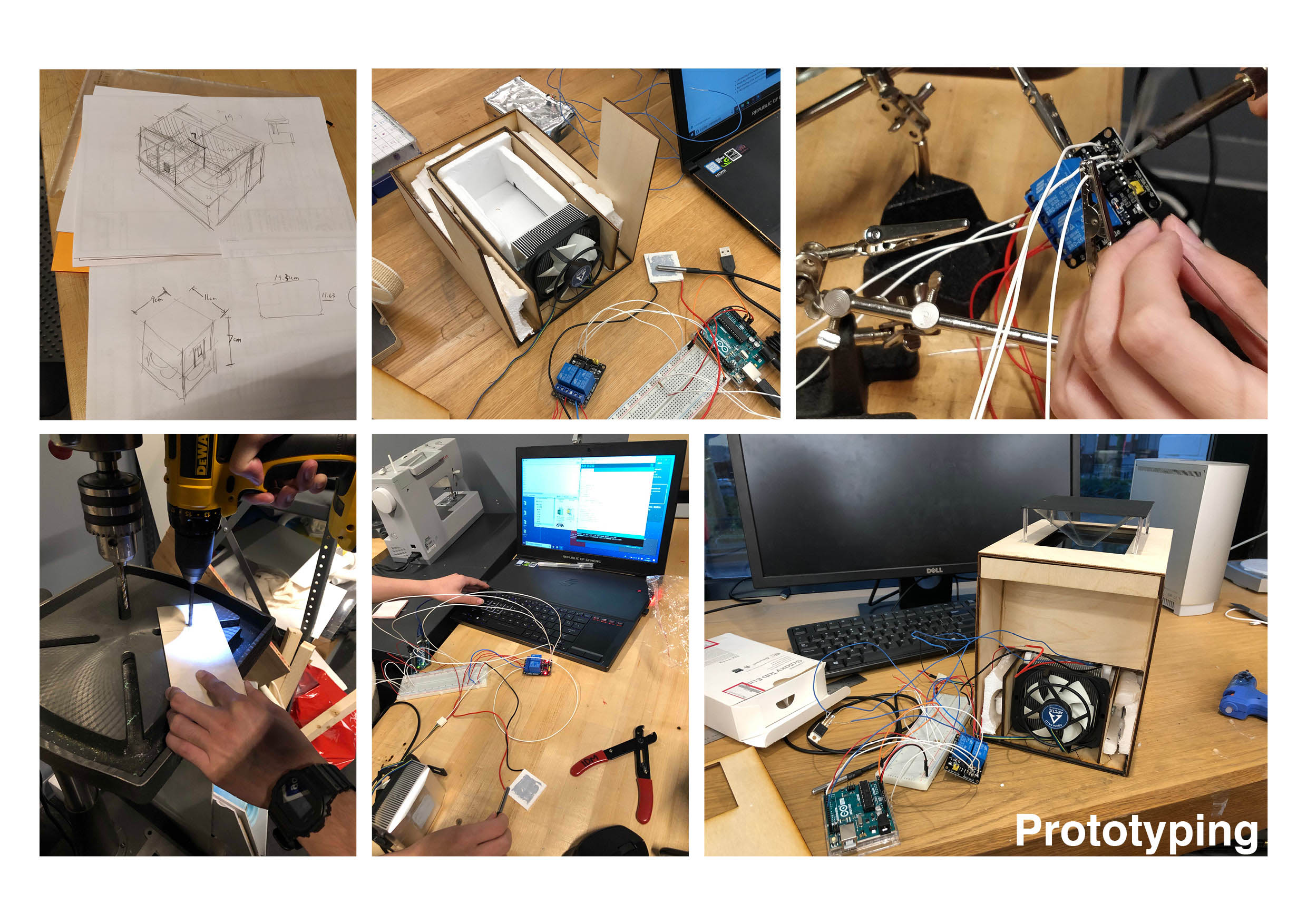
How It Works?
I retrieved local weather data using the AccuWeather API to power a holographic weather visualization. This same data also drives a temperature-regulating system for a touch-sensitive metal sheet, built with Arduino. The system features a heating pad and a cooling unit composed of TEC1-12706 Peltier modules, a 2-channel relay board, CPU heatsinks, and a small fan—allowing users to physically experience the outdoor temperature in real time.
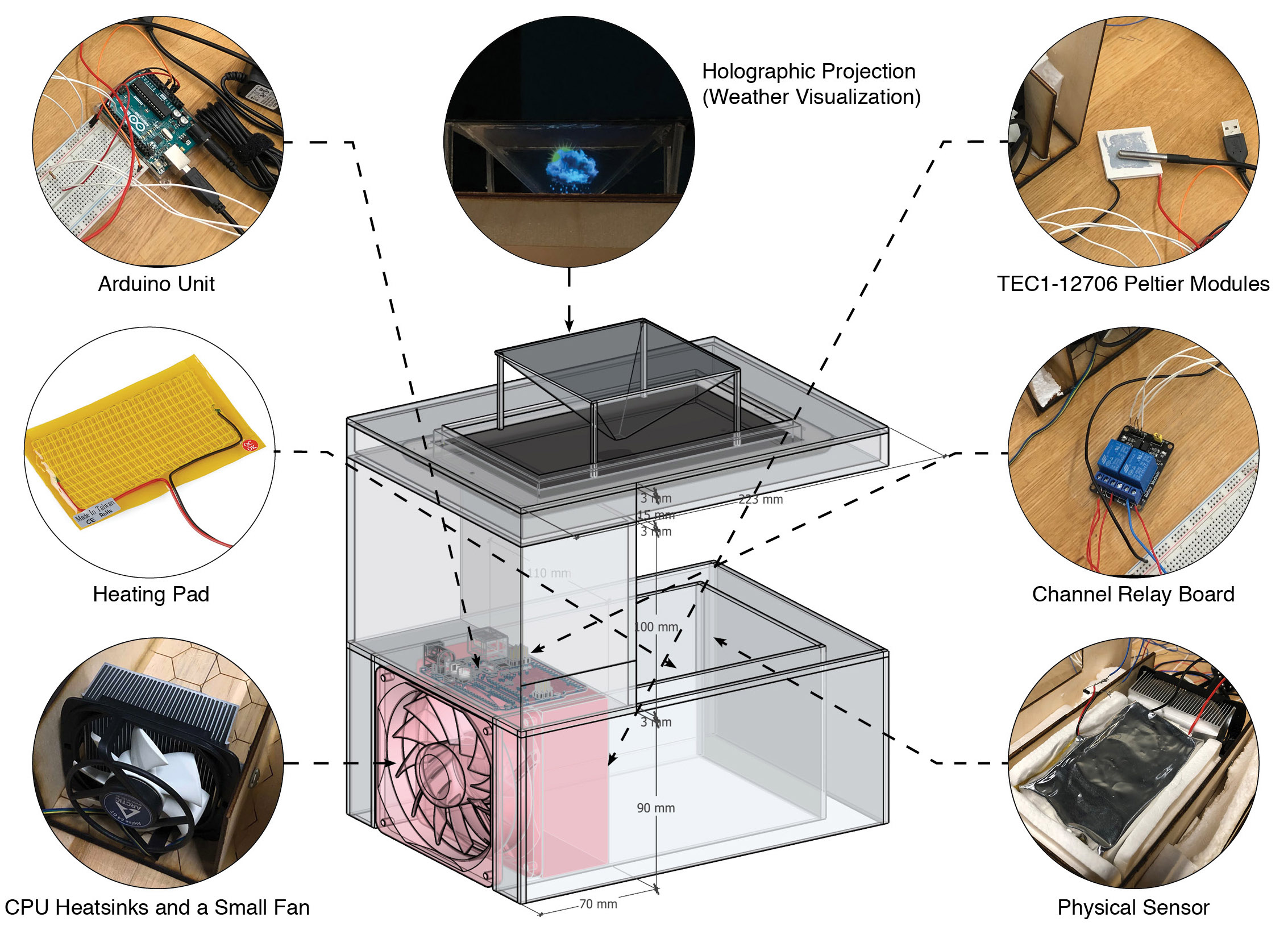
User Testing
To evaluate both the usability and emotional resonance of the experience, I conducted three rounds of user testing with a total of 12 participants. Each participant interacted with low- and mid-fidelity prototypes in a home-like setting, using scripted tasks and open-ended prompts.
| Key takeaways included:
- Intuition & discovery: Users appreciated the minimal interface but benefited from soft onboarding cues (e.g., pulsing light around the sensor).
- Tactility: Natural wood textures made the product feel warm and approachable, encouraging touch without hesitation.
- Emotional engagement: Participants described the holographic cloud as “calming,” “magical,” and “personal”—reinforcing the product's goal of ambient, sensory-based interaction.
- Size & scale: Several testers noted that a smaller pyramid felt more balanced atop the wooden base, which directly informed the decision to reduce the projection element by 5% in the final design.
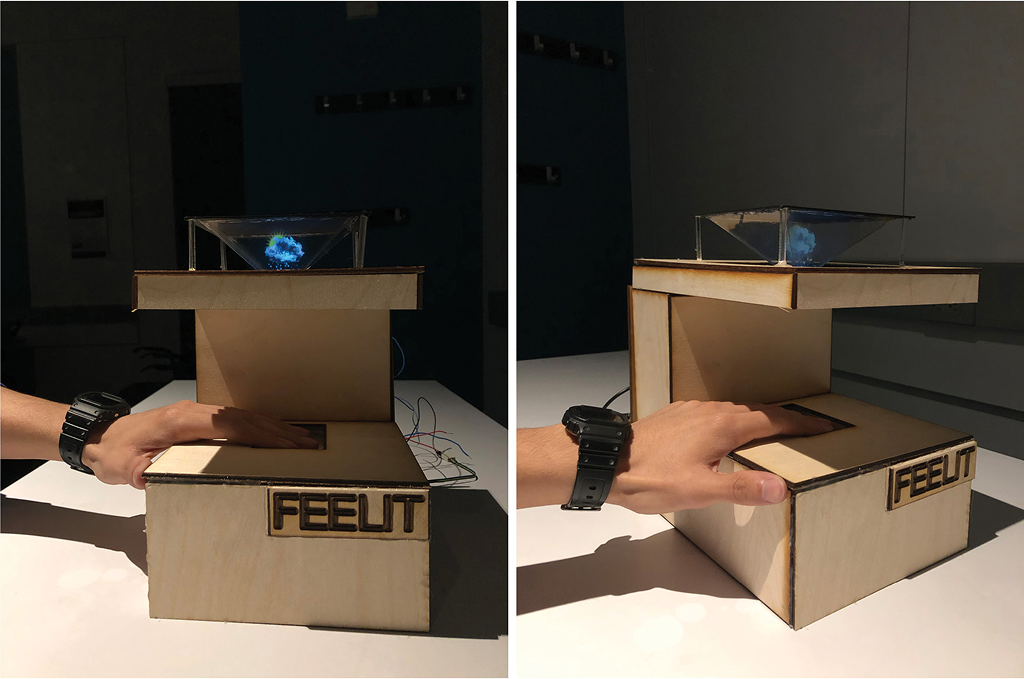
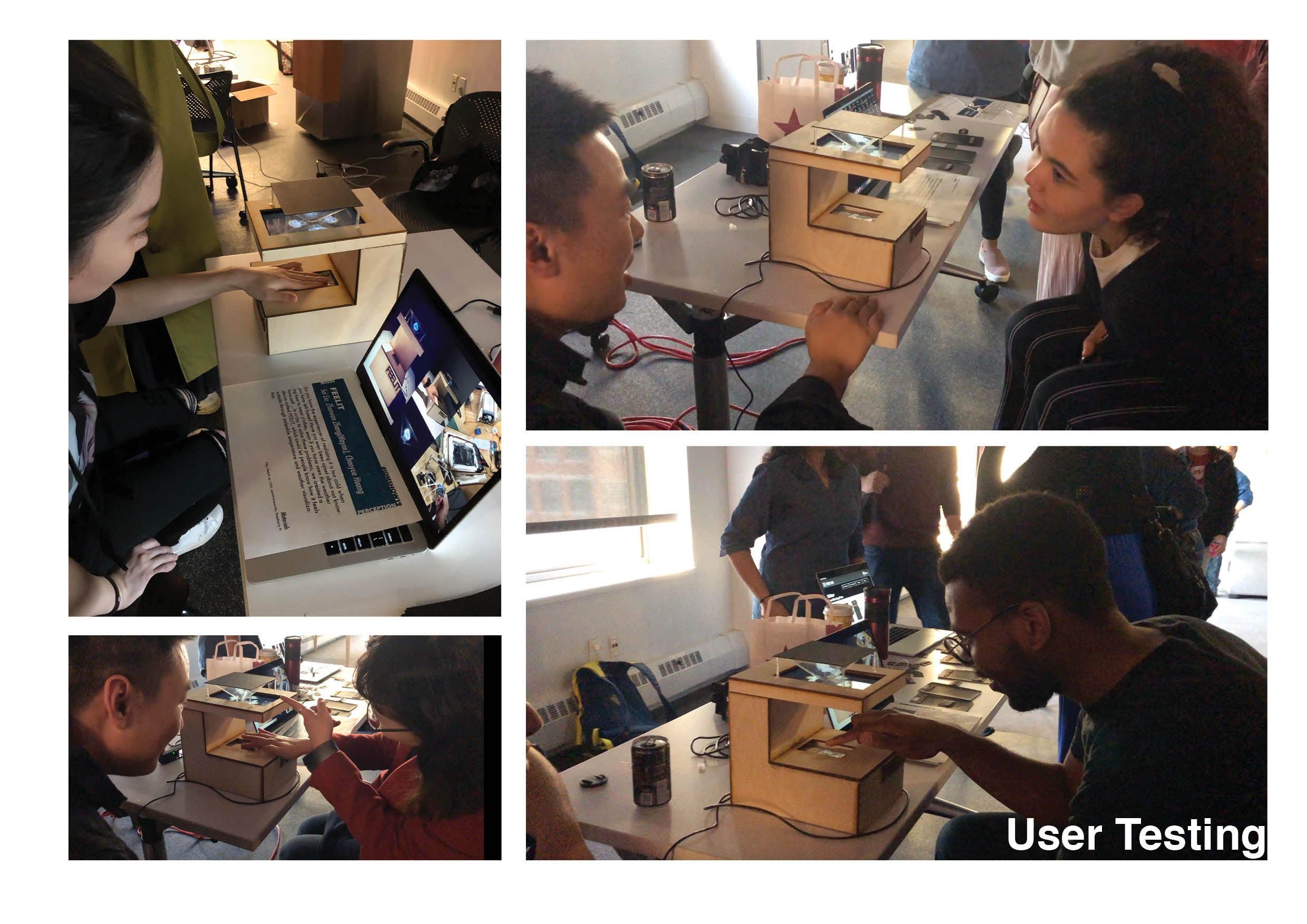
High-fi Mockups
